[ad_1]
If you’re a homeowner, chances are you’ve heard of sump pumps but aren’t sure what they’re used for.
Sump pumps are essential in keeping your home and basement safe from floods and damage caused by water buildup.
In this blog post, we provide a comprehensive guide to understanding how a sump pump works and the benefits it can offer to homeowners who install them in their homes.
From learning about the different types available on the market to some tips on installation and maintenance – read on to get up-to-speed with everything you need to know about these powerful little motors!
? How Does a Sump Pump Work?
A sump pump works by collecting water in a sump pit, which is typically located in the basement of a home. The pump then pumps the water out of the sump pit and away from home. This prevents flooding and other damage that can be caused by excess water.
? Does My Home Need a Sump Pump?
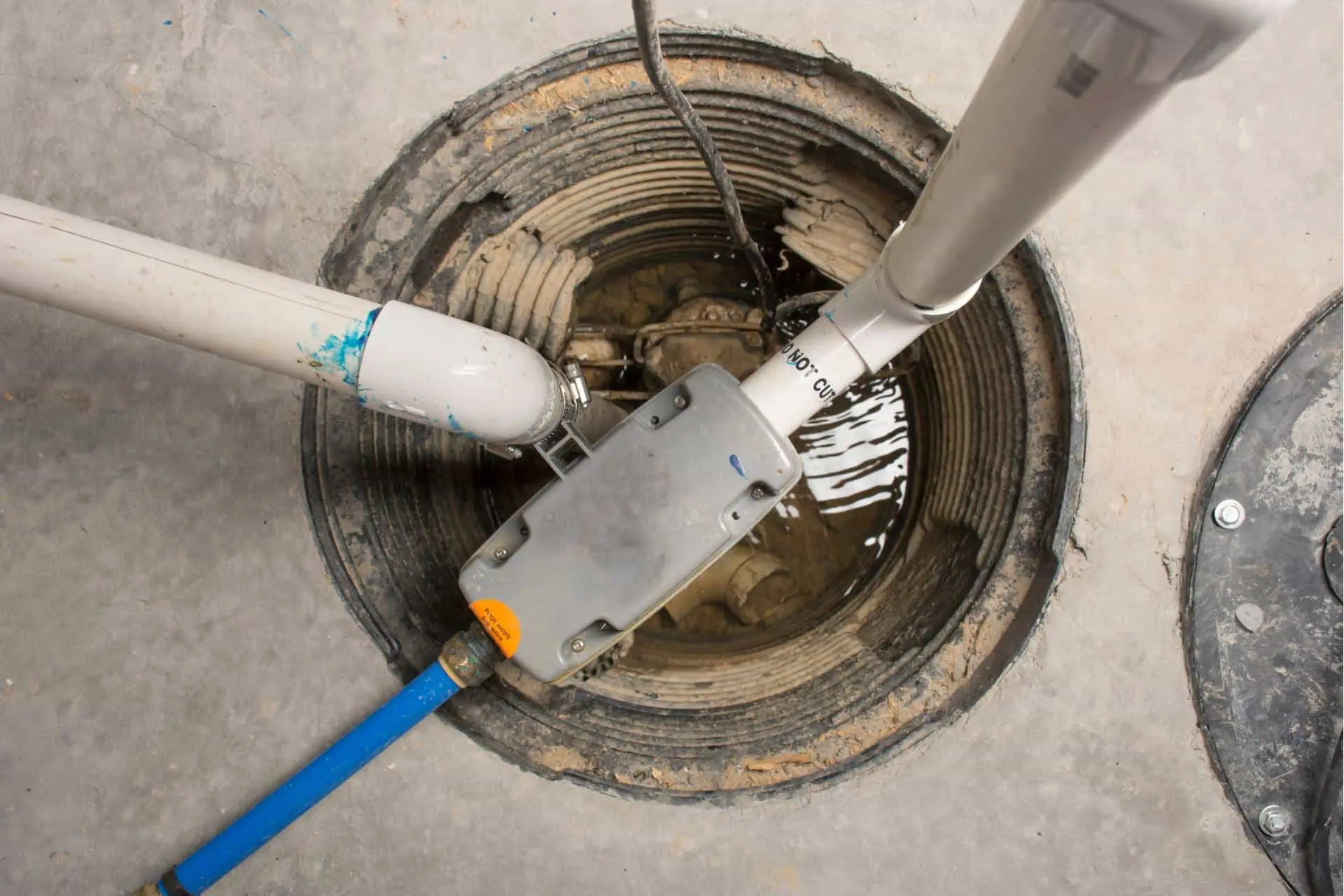
Whether or not your home needs a sump pump depends on several factors.
The primary factor is the location of your home, as homes in areas prone to flooding may require a sump pump.
Other factors include the age of the home, the type of foundation it has, and whether or not there is already evidence of water damage in the basement.
Additionally, if you live in an area with heavy rainfall or have experienced water problems before, sump pump systems can be beneficial for protecting your home from possible water damage.
? Types of Sump Pumps
Primary sump pumps are the main source of water removal and usually run most of the time.
Backup sump pumps serve as a backup in case of a primary pump failure or if the inflow is too much for the primary pump to handle.
Sump pumps come in two varieties: submersible and pedestal. Additionally, backup sump pumps can be further divided into battery-powered and water-powered varieties.
?️ Submersible Sump Pumps
A submersible pump is a type of sump pump that is designed to be fully submerged in water. It contains an electric motor, impeller, and volute that work together to draw in water from the sump and pump it out via a discharge pipe.
Submersible pumps are typically used for homes in areas with higher water table levels and can be either primary or backup pumps.
?️ Pedestal Sump Pumps
A pedestal pump is a sump pump that sits above the water level in the sump basin.
It consists of an electric motor and impeller mounted on a separate column or pedestal that pumps the water out of the basin.
Pedestal pumps are often used for homes in areas with low water table levels, as there is less risk of damage when they are not left submerged underwater.
They can also be either primary or backup pumps.
?️ Battery-Operated Backup
Battery-operated backup sump pumps are designed as supplemental to primary and pedestal models.
Typically, they contain a sealed battery connected to an electric pump and are activated automatically when the power fails or water levels rise above a certain threshold.
They are ideal for areas with frequent power outages or high water table levels, providing extra protection for your home.
?️ Water-Powered Backup
Water-powered sump pumps are an alternative to battery-operated or traditional electric models.
They use water pressure from your municipal water service as their power source, eliminating the need for a separate battery or power outlet.
While they are usually more expensive than other types of pumps, they require no additional energy and have the added benefit of being more reliable in areas with frequent power outages.

? Types of Sump Pump Switches
Sump pumps can be operated with a switch system to turn on the pump independently.
Several types of switches achieve the same result, but they have different mechanisms of operation.
These include:
The manual float switch is activated manually and uses a buoyant arm that moves up and down when liquid levels increase or decrease.
It is the simplest sump pump switch type and is typically used in basic siphoning systems.
The vertical float switch uses an upright arm that moves up and down with the liquid level to activate the motor.
This type of switch works well for automatic applications since it reacts more quickly to rising water levels than a manual option.
A tethered float switch uses the motion of a buoyant object, such as a float, to activate or deactivate electrical circuits.
Diaphragm switches are a type of switch that uses flexible membranes as its sensing element to detect pressure changes in liquids or other substances.
Diaphragm switches are highly reliable, making them the preferred switch type for many applications due to their low likelihood of getting stuck on or off.
Digital float switches are similar to vertical options but use electronic circuitry to operate the sump pump motor instead of a physical arm.
Digital switches usually come pre-programmed with adjustable start/stop settings so they can be easily tailored to suit different applications.
Lastly, toggle switches are designed with large contactors manually switched on or off with the flick of a lever or button.
These switches are primarily used as backup power sources for sump pumps in case of primary power failure.
? Cost of a New Sump Pump
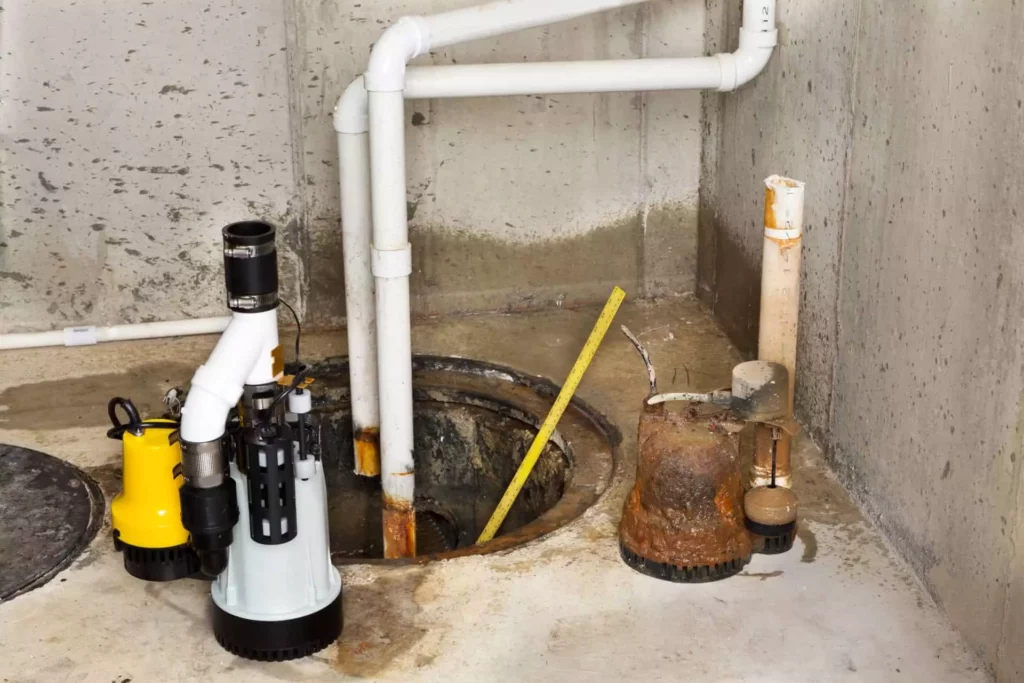
The average cost of a sump pump in 2023 will depend on several factors, including the size and type of pump needed, its features, the quality of its parts, and the brand.
Generally speaking, sump pumps range in price from around $60 to $500 or more.
The most important factor when considering a purchase is finding an appropriate pump for the job – meaning a model that is efficient and reliable enough to meet your needs.
? Cost of a Sump Pump Installation
The average cost of sump pump installation will depend on the complexity of the job and the region where you live.
In general, it is estimated that a sump pump install can range anywhere from around $300 to $4500 or more depending on factors such as the installation location, setup requirements, and any repairs needed.
It is always best to get multiple quotes from experienced contractors to ensure you are getting an accurate estimate for your specific project needs.
? Factors That Impact The Cost of a Sump Pump
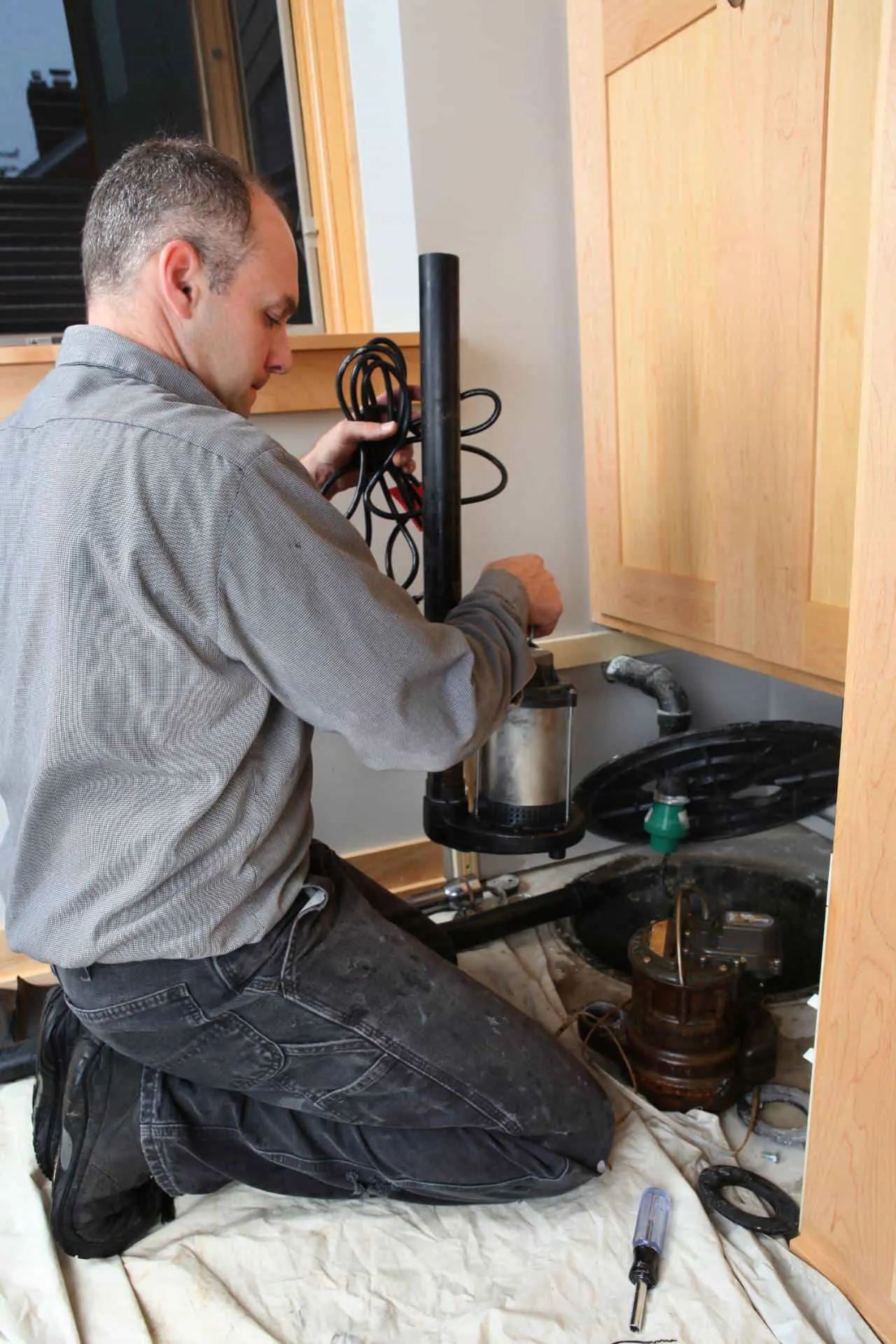
1. Types of Sump Pumps
The cost of your sump pump will depend on the type you select.
Factors such as material, size, horsepower, and additional features like a backup battery or switch type may contribute to the total expense.
2. Basement Type
The cost of your installation can be affected by the condition of your basement floor.
If it is made of cement or concrete, labor costs may increase depending on its thickness.
This is because the basement floor needs to be removed at the lowest point to install the pump.
3. Drainage Set Up
Installing drainage lines or extension hoses to meet your city’s requirements can add to the cost of your installation.
These lines or hoses can also present physical hazards and may freeze in the winter.
Make sure to factor this into the total cost when obtaining contractor quotes.
4. Permits
It’s important to factor in the cost of a permit when estimating the total cost of your installation.
The required amount can vary based on location, so contact your local authorities beforehand for accurate information and guidelines.
5. Hiring Licensed Professionals
DIY installation of a sump pump can save money, but it is vital to ensure you have the knowledge and skill necessary for the job.
Licensed professionals can guarantee a successful installation and reduce long-term costs from flooded basements.
? Sump Pump Maintenance Tips
Regular maintenance of a sump pump can help ensure that it operates efficiently and effectively, helping to protect your home from water damage.
Here are a few tips:
? Regularly Inspect the Sump Pump for Wear and Tear
Inspecting your sump pump regularly is an integral part of its upkeep.
Checking for wear and tear, such as cracks in the ejector or clogs in the pipe, will help you identify any potential problems before they lead to costly repairs.
? Make Sure the Float is Working Properly
Ensuring that the float in your sump pump works correctly is key to keeping it in good condition.
The float should move up and down freely, activating the switch when the water level rises above a certain point and shutting off when it drops below it.
You can check this by manually switching your pump on and off to see if it still functions properly.
? Clean Out Debris and Rocks from the Basin
Over time, debris and rocks can accumulate in your sump pump’s basin.
This can lead to clogs or blockages that could cause the pump to malfunction.
To keep it functioning correctly, cleaning out the basin and removing debris regularly is essential.
Start by turning off the power to the pump before removing any objects from inside the basin.
Once you have cleared away any visible pieces of debris, use a hand vacuum or other tool to suck up any remaining material before replacing the lid and turning the power back on.
? Disconnect and Clear out Any Clogged Discharge Pipe
If your sump pump’s discharge pipe is blocked, it could prevent the water from being properly expelled from the pump and lead to clogs or overflows.
To address this issue, you should disconnect the pipe from the pump and clear out any blockages that may be present.
Start by shutting off the power to the pump and unscrewing the joint that connects the discharge pipe.
Then, inspect it for any obstructions and use a hand vacuum, small brush, or another tool to remove them before reattaching the pipe and turning on the power.
? Test Your Sump Pump Regularly
It’s important to regularly test your sump pump to ensure it is in proper working condition.
Fill the basin with a few inches of water by pouring some from a bucket or hose.
Next, turn on the power and wait to see if the pump kicks in within a few minutes; if not, there may be an issue with the power source or switch, and you should contact a professional for help.
If it does begin running, watch to see that it efficiently pumps out all of the water before turning off on its own.
This process should be repeated every couple of months or when you notice any signs of malfunctioning.
? Alternative Options to Sump Pumps
French Drains
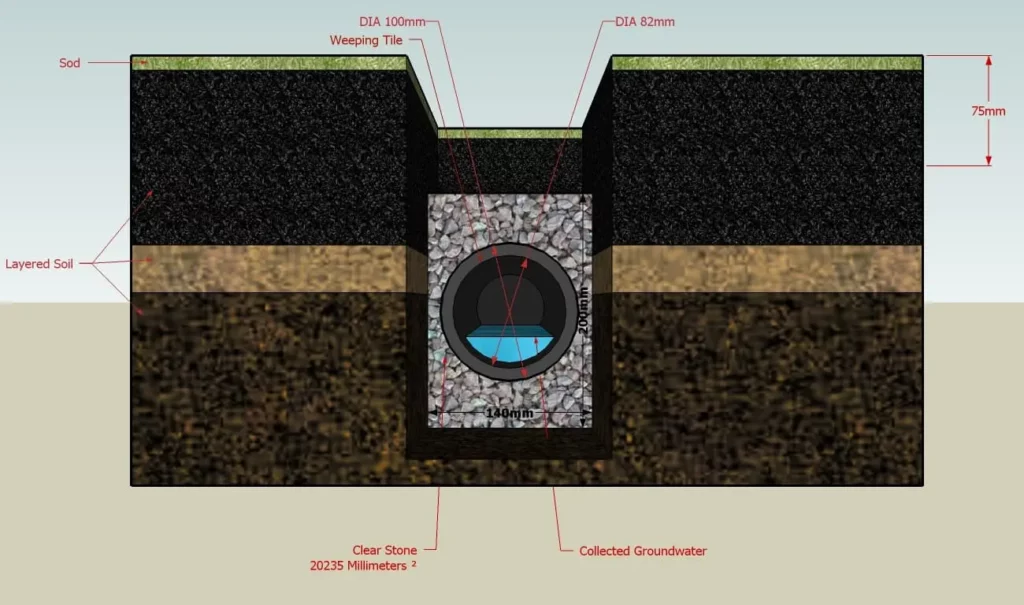
A French drain is a good alternative to a sump pump because it can prevent flooding.
French drains are designed to divert water away from areas with a high risk of flooding.
This allows for more efficient water management, as it takes the pressure off the sump pump and ensures that any excess water is safely diverted away from areas prone to flooding.
Additionally, since French drains are a long-term solution, they can save money in the long run as they don’t require regular maintenance and replacing parts like traditional sump pumps.
Waterproofing Your Basement
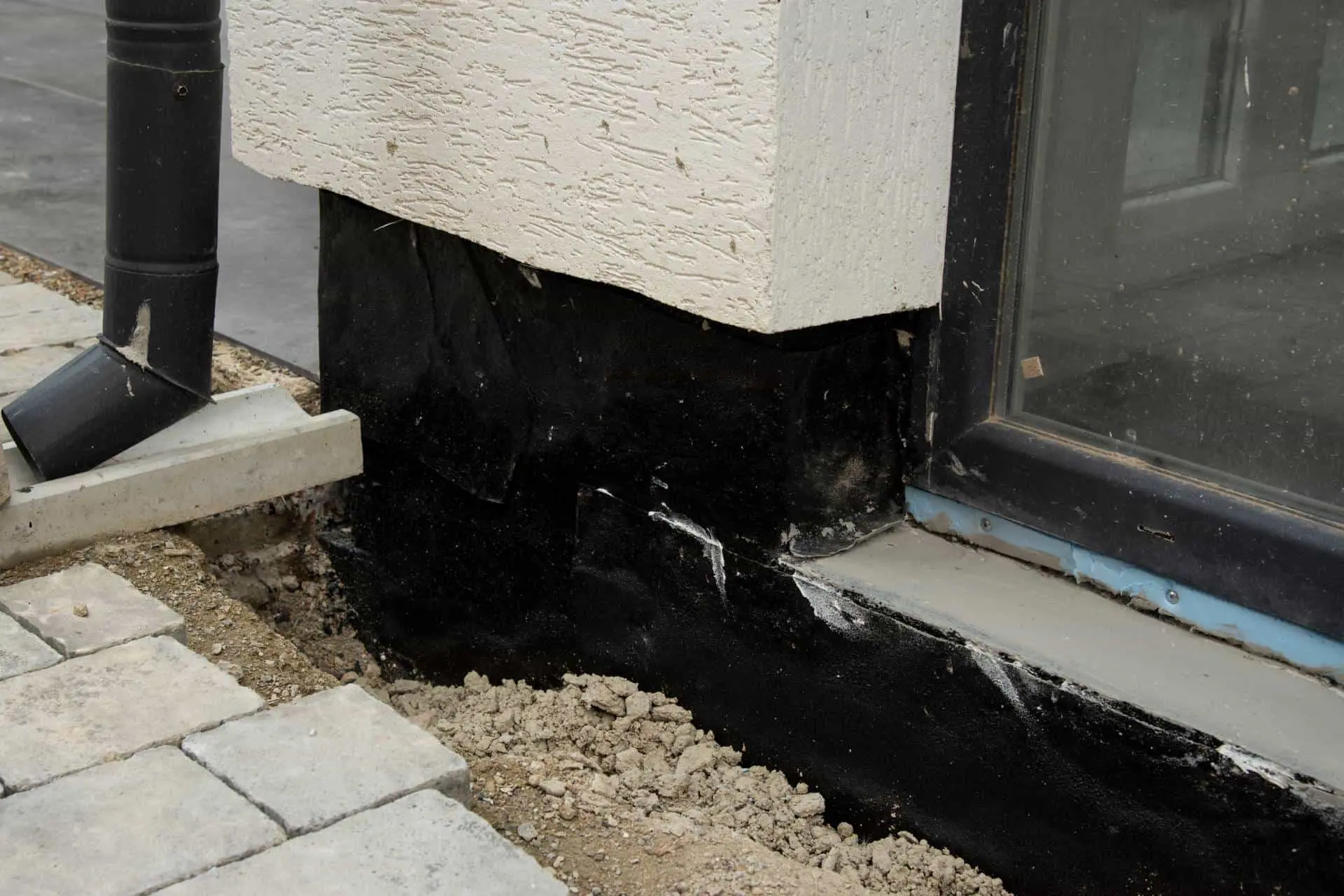
Waterproofing can help reduce the risk of flooding in your basement.
By waterproofing your home, you can keep water at bay and away from areas prone to flooding.
Additionally, waterproofing will also help prevent damage caused by water seeping through floors and walls.
This eliminates the need for costly repairs and the regular maintenance required with traditional sump pumps.
Gutter Maintenance
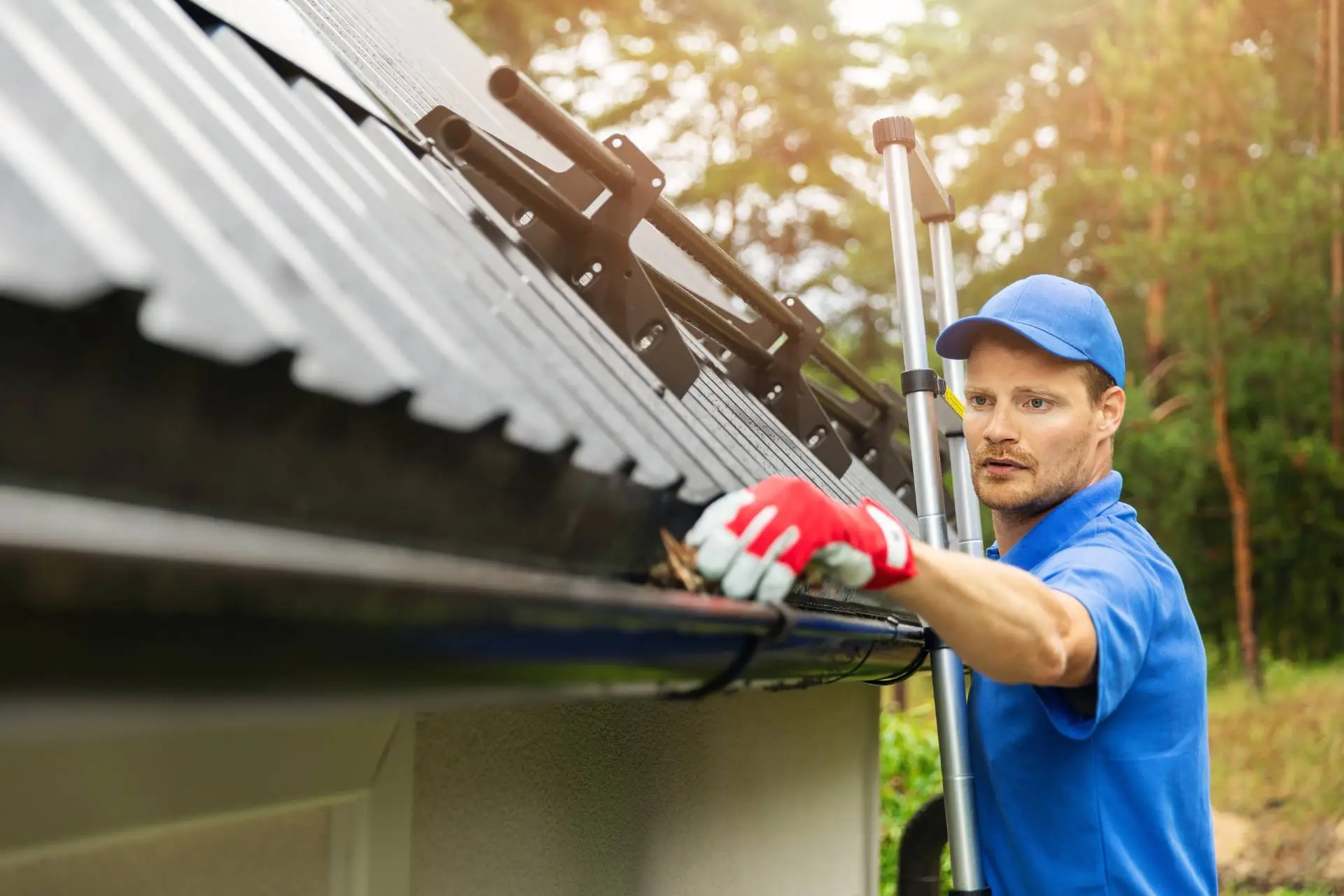
Gutter maintenance can reduce the need for a sump pump because it can help keep water away from your basement.
By ensuring your gutters are regularly cleaned and free of debris, you can ensure that they function correctly and that water is directed away from your home.
This will help reduce the chances of flooding as any excess rainwater will be kept away from your basement area, eliminating the need for a sump pump.
Additionally, regular gutter maintenance can also prevent costly repairs related to water damage.
Add Sloping Ground During Construction

Sloping the ground during construction can reduce the need for a sump pump because it helps direct surface water away from your basement area.
By sloping the ground, you are guiding any excess rainwater away from your foundation and towards an area where it can naturally drain away, eliminating the need for a sump pump to move the water manually.
? Frequently Asked Questions
Should I be worried if a house has a sump pump?
Whether or not you should be worried if a house has a sump pump depends on the condition of the sump pump.
If the pump is working correctly and regularly maintained, it should not be a source of concern as it is designed to help protect your home from flooding.
What are the negatives of a sump pump?
If the pump is not properly maintained or installed, it can fail and cause basement flooding and damage to walls and furniture.
Additionally, without a backup system, power outages may prevent the sump pump from working, accumulating water in your basement.
Furthermore, if not sealed and maintained correctly, a sump pump can act as an ingress point for radon gas into your home.
Are sump pumps only for basements?
No, sump pumps are not only for basements.
They can also help protect other parts of the home from flooding.
In addition to being installed in a basement, sump pumps can also be used to protect cellars, crawl spaces, and garages.
They are also commonly used to help prevent flooding in low-lying areas such as near rivers or streams.
Can I dump water in my sump pump?
It is generally not recommended to dump water into a sump pump.
Dumping water can cause the sump pump to become overloaded and malfunction, leading to flooding issues on the property.
Additionally, the water could contain debris or other materials that may clog the pump, resulting in backup and flooding.
To prevent potential issues from occurring, it is best practice to keep all drains free and clear of debris, sediment, and other materials.
What is the average life of a sump pump?
The average life of a sump pump is typically 7 to 10 years.
However, this varies depending on the quality of the pump and the amount of routine maintenance it receives.
To ensure that a sump pump runs as long as possible, it is crucial to test it at least once a year and to perform any necessary repairs or replacements quickly.
Additionally, giving the pump regular cleaning will help extend its life.
Do I need a backup sump pump?
A backup sump pump can be a valuable asset to protect against flooding.
If the main sump pump becomes overwhelmed due to a large volume of water, a backup pump can kick in and provide additional protection.
Additionally, the backup sump pump can keep the basement dry if the primary pump fails due to mechanical issues or power outages.
Due to this, many homeowners choose to install a backup pump for extra security.
How often should a sump pump run?
A sump pump should run when water is in the sump basin.
Most pumps will turn on when the water rises to a certain level and will turn off when the water level drops back down.
The running frequency can vary depending on the rate at which water accumulates, but most pumps should cycle several times per hour during heavy rain or flood events.
How does a battery backup work for a sump pump?
A battery backup sump pump system provides an alternate power source when the main power source fails.
This is particularly helpful during power outages, providing backup power and preventing the basement from flooding.
The battery backup attaches to the primary sump pump and will turn on automatically if the main pump fails.
Rechargeable batteries are typically used for this purpose, and a battery monitor can be installed to alert you when the battery needs to be recharged.
Where should a sump pump drain?
To safely drain your sump pump pit, choose an area like a dry well, creek, pond, or neighborhood drain at least 10-20 feet from your home’s foundation.
Check with local government regulations before proceeding.
If you need an extended drainage hose to reach the drainage point, you will require a higher horsepower sump pump to compensate for the distance.
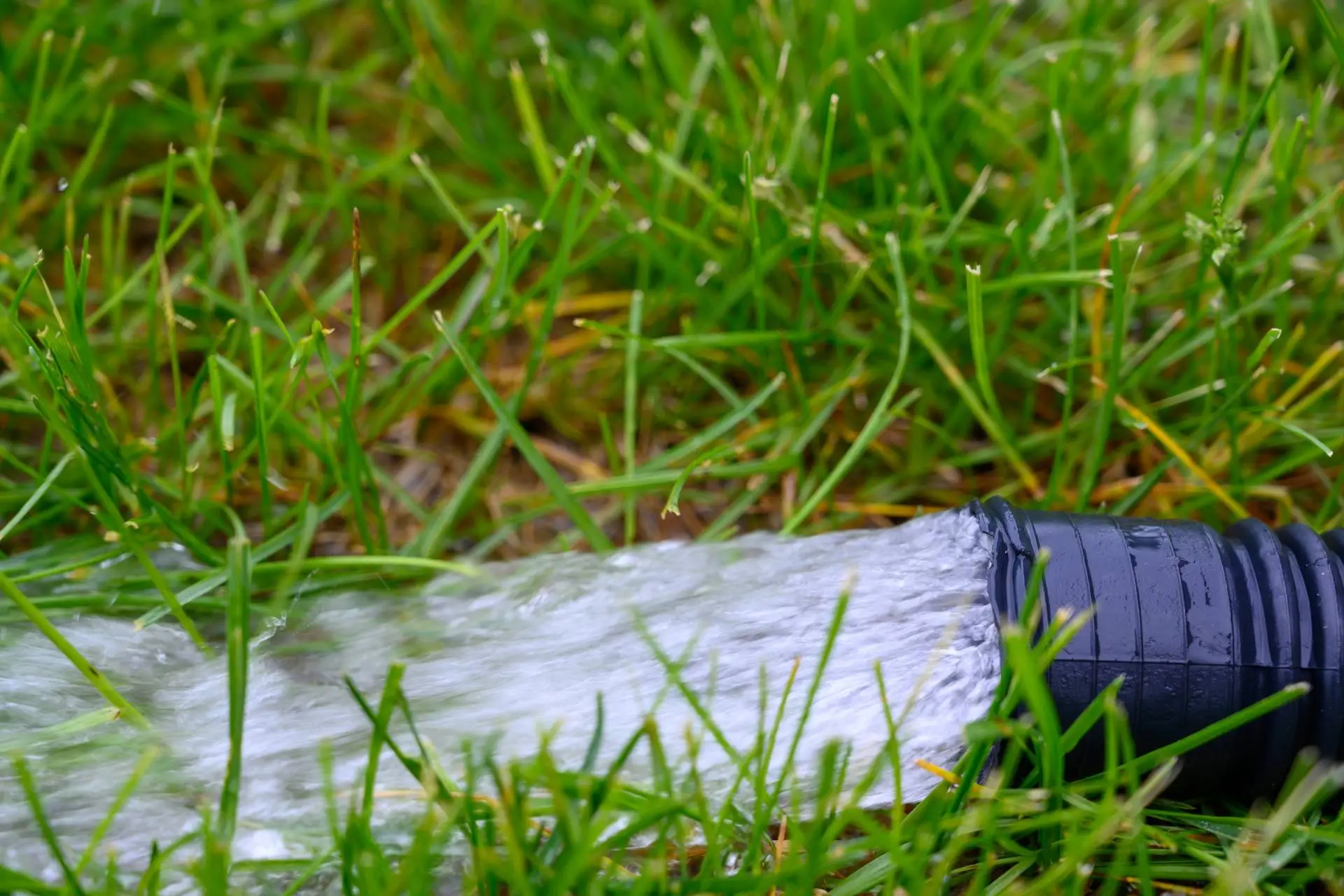
How do I know if I need to replace my sump pump?
- If your sump pump runs constantly, it may need to be replaced.
- If the motor makes strange noises or runs more loudly than usual, it may be time for a replacement.
- Check for signs of water leakage around the pump and look for any rust or corrosion on the exterior.
- Feel the outside of the sump pump; if it feels warm to the touch, it may work harder than necessary and need replacing.
- Inspect all hoses, tubes, and connections to ensure they are secure and in good condition.
- Test the sump pump by adding a bucket or two of water to the sump pit; observe how quickly it turns on and empties the water.
? Final Thoughts on How Does a Sump Pump Work

Learning about how a sump pump works and the many benefits that this powerful machine can offer is essential for making sure your home stays safe from flooding and water damage.
This guide covered everything you need to know – from the types of pumps available to installation tips and maintenance pointers.
Now that you have a basic understanding of these pumps, you’re better equipped to decide to protect your home with one.
If you have further questions, be sure to read up on more of our plumbing tips or call a local plumber near you for advice before committing to anything.
Don’t wait – get started on taking preventative measures today!
Related Reading: DIY Guide to 15 Common Plumbing Problems & Solutions
[ad_2]
Source_link


